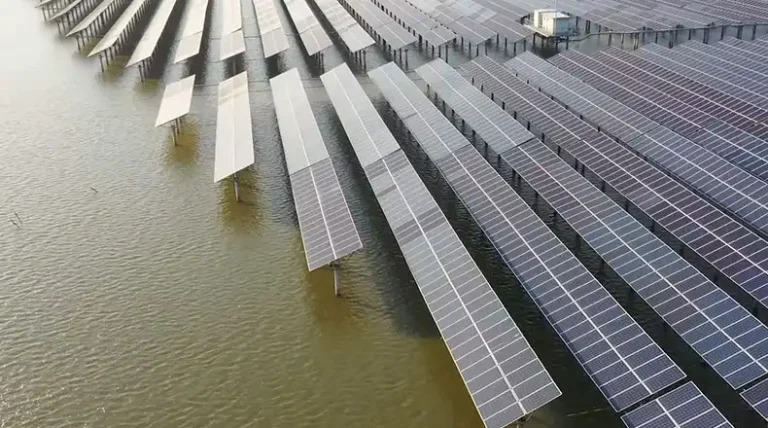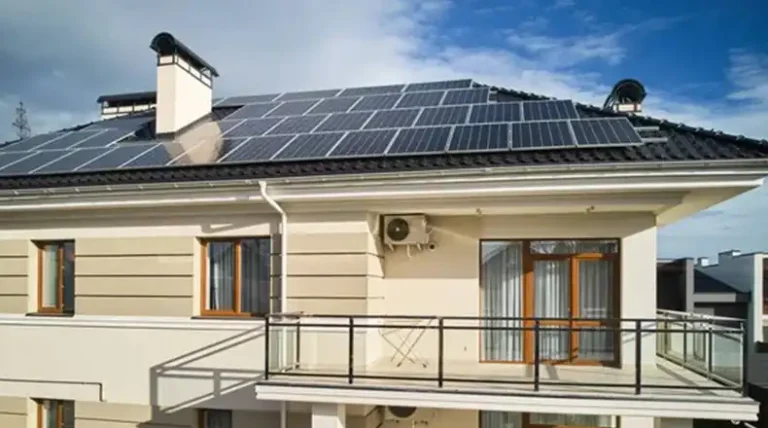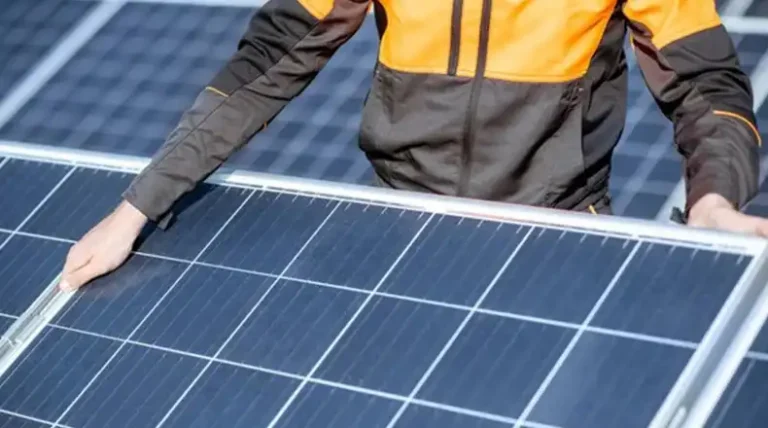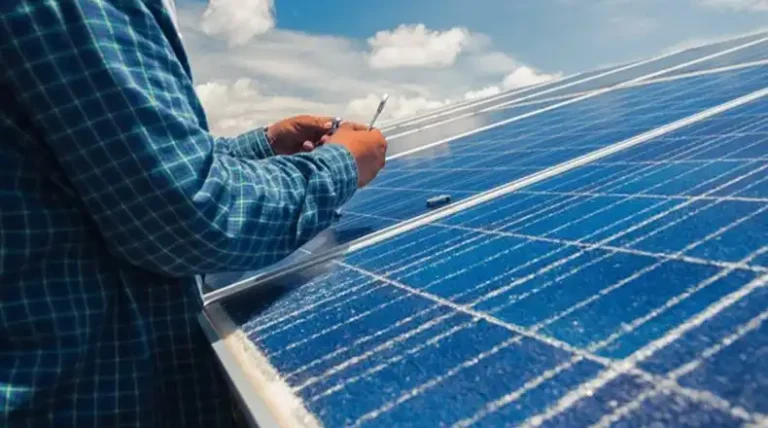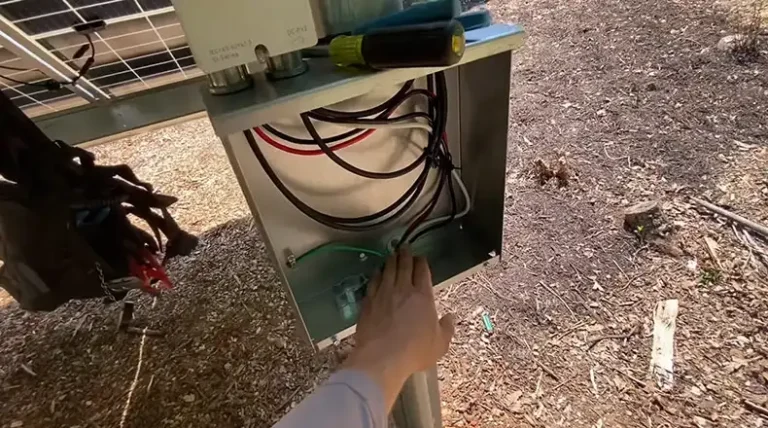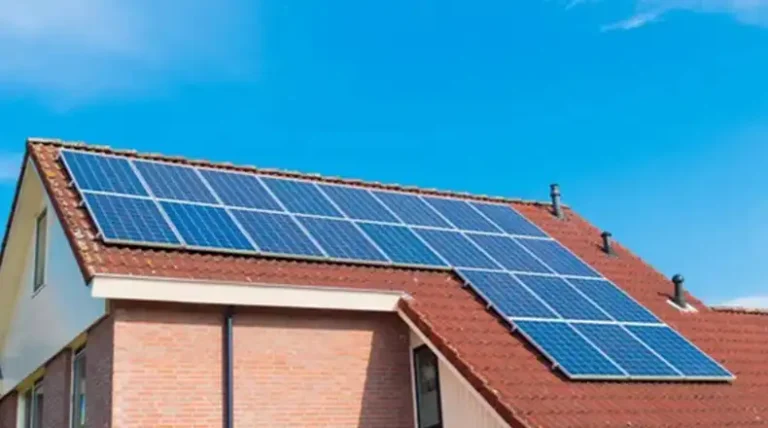Is it Safe to Buy Used Solar Panels? Explained
The solar energy revolution is in full swing, with homeowners and businesses alike turning to this clean, renewable power source. As the market matures, a new trend is emerging: the sale of used solar panels. This option promises significant cost savings, with some buyers reporting up to 90% off the price of new panels. But the question remains: Is it safe to buy used solar panels?
In this article, we’ll explain the benefits, risks, and practical considerations of purchasing second-hand solar equipment. We’ll provide you with the knowledge you need to make an informed decision and, if you choose to go the used route, how to do so safely and effectively.
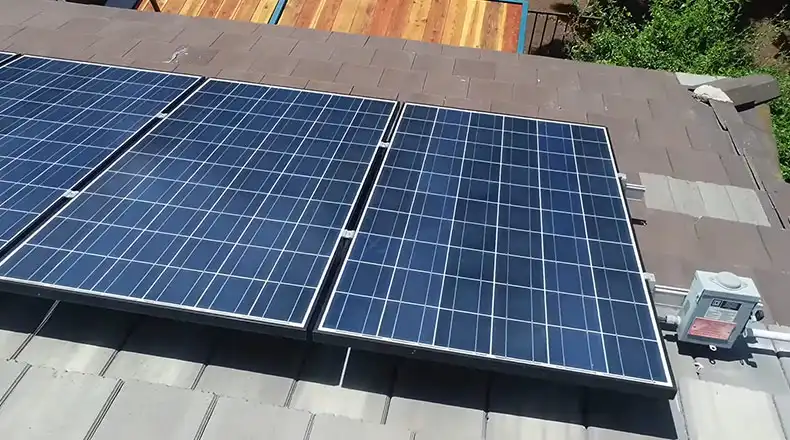
Benefits of Purchasing Used Solar Panels
Significant Cost Savings
The primary draw of used solar panels is undoubtedly the potential for substantial savings. While new solar panel systems can cost anywhere from $15,000 to $25,000 for an average home, used panels might slash that price by 50-90%. This dramatic reduction in upfront costs can make solar energy accessible to a much wider range of consumers.
Environmental Benefits
Opting for used panels also has environmental advantages. By extending the life of existing panels, we reduce the demand for new manufacturing, which in turn decreases resource extraction and associated emissions. It’s a way to double down on the eco-friendly aspect of solar energy.
Versatility in Application
Used panels can be particularly suitable for certain applications where peak efficiency isn’t crucial. These include:
- Off-grid cabins or remote locations
- Supplementary power for RVs or boats
- Small-scale projects like powering garden sheds or greenhouses
- DIY solar experiments and learning projects
Potential Risks of Buying Used Solar Panels
While the benefits are appealing, it’s crucial to understand the potential drawbacks of used solar panels.
Efficiency Decline
Solar panels naturally degrade over time, typically losing 0.5-1% efficiency each year. This means a 10-year-old panel might be producing 5-10% less power than when it was new. Here’s a simple table to illustrate:
| Panel Age | Estimated Efficiency Loss |
| New | 0% |
| 5 years | 2.5-5% |
| 10 years | 5-10% |
| 15 years | 7.5-15% |
| 20 years | 10-20% |
Lack of Warranty
Most manufacturer warranties don’t transfer to second-hand buyers. This means you’ll be responsible for any repairs or replacements, which could offset your initial savings if problems arise.
Hidden Damage
Used panels may have invisible defects that affect performance. These can include:
- Micro-cracks in the solar cells
- Delamination (separation of the panel layers)
- Hotspots that reduce efficiency and potentially pose safety risks
Compatibility Challenges
Older panels might not integrate seamlessly with modern inverters or energy storage systems. This could necessitate additional equipment or modifications, increasing your overall costs.
How to Purchase Used Solars Safely
If you’re considering using solar panels, research the specific make and model to understand its expected lifespan and degradation rate. Some premium brands may retain efficiency better than others. Furthermore, look for reputable sellers with positive reviews and, ideally, some form of guarantee or limited warranty on their used panels.
If possible, examine the panels in person. Look for discoloration or yellowing of the encapsulant as well as cracks or chips in the glass. And if its possible, have a professional test the panels’ output using a solar meter. At minimum, ask the seller for recent performance data.
Alternatives to Used Solar Panels You Can Consider
Before committing to used panels, explore these alternatives:
- Solar financing: Many companies offer loans or leases that can make new panels more affordable.
- Government incentives: Check for federal, state, or local rebates and tax credits that could offset the cost of new panels.
- Community solar: Join a shared solar project in your area to benefit from solar without installing panels on your property.
Economic Analysis: New vs. Used Panels
Let’s compare the long-term economics of new versus used panels:
| Factor | New Panels | Used Panels |
| Initial Cost | Higher ($15,000 – $25,000) | Lower ($1,500 – $12,500) |
| Efficiency | Peak (18-22%) | Reduced (15-20%) |
| Warranty | 25-30 years | Often none |
| Lifespan | 25-30+ years | 10-20 years remaining |
| Maintenance Costs | Lower | Potentially higher |
| Energy Savings | Higher | Lower |
| Return on Investment | Longer to achieve, but higher | Quicker, but potentially lower |
While used panels offer immediate savings, new panels may provide better long-term value through higher efficiency and lower maintenance costs.
Expert Recommendations
Solar industry professionals generally advise:
- For grid-tied home systems, new panels are often the better choice due to warranties, reliability, and long-term performance.
- Used panels can be excellent for off-grid applications, experimentation, or supplementary power needs.
- If opting for used panels, purchase from reputable dealers offering some form of guarantee or warranty.
- Always have a professional assess your specific situation before making a decision.
Key Takeaways
Buying used solar panels can be safe and economical if you approach the purchase with caution and realistic expectations. Here are the key takeaways:
- Understand the trade-offs between cost savings and potential risks.
- Thoroughly research and inspect before buying.
- Consider professional installation for safety and optimal performance.
- Explore all options, including financing for new panels, before deciding.
Remember, the goal is not just to save money upfront, but to create a reliable, efficient, and safe solar power system that will serve you well for years to come. By carefully weighing the pros and cons and following the advice in this guide, you can make an informed decision that aligns with your energy needs, budget, and values.

